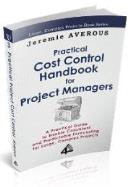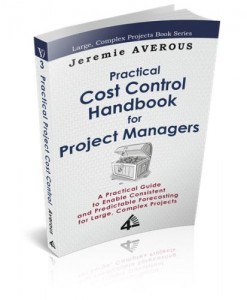Announcing a New Senior Partner and a New Branch in France
As part of our global development, we are particularly pleased to announce the joining of a new Senior Partner and the opening of a new office in France. Ingvar Skogland, an experienced Project Director on large, complex projects is our new Senior Managing Partner for Europe.
 Ingvar has more than 16 years of experience in the Oil & Gas Industry whereof 14 years as a Project Manager during which he has successfully delivered projects in Norway, West Africa and Australia. His experience ranges from fast track Engineering, Procurement, Construction and Installation (EPCI) projects in the North Sea to deepwater field developments involving Steel Catenary Risers in Malaysia via ERP system and process change management. Ingvar holds degrees in Master in Science in Mechanical Engineering and Master in Management.
Ingvar has more than 16 years of experience in the Oil & Gas Industry whereof 14 years as a Project Manager during which he has successfully delivered projects in Norway, West Africa and Australia. His experience ranges from fast track Engineering, Procurement, Construction and Installation (EPCI) projects in the North Sea to deepwater field developments involving Steel Catenary Risers in Malaysia via ERP system and process change management. Ingvar holds degrees in Master in Science in Mechanical Engineering and Master in Management.
Ingvar’s relevant experiences include:
- Project Director for a 400MUSD+ Lump Sum EPCI contract led the project from tendering through successful completion of the critical phases;
- as Deputy Project Director for a 800MUSD+ lump sum EPCI contract for an Oil Major, contributed significantly in establishing a robust project organisation that successfully delivered the project;
- extensive experience in leading teams during tendering and negotiation of EPCI contracts ranging up to several billion dollars;
- the proven ability to create effective multicultural teams and lead them to success;
- developing enhanced Management Reporting and Key Performance Indicator processes and systems in close cooperation with executive management;
- improving Project Management and Control Processes and Procedures.
Ingvar Skogland is a Norwegian citizen. He is married, has two children and lives in Nice, France.
We are excited by Ingvar’s contribution to Project Value Delivery and its clients. With the creation of our new European entity, we expect to be able to respond better to the support needs of the large, complex project industry. Contact us at contact@ProjectValueDelivery.com for any inquiry!











How to Use Cost Reconciliation to Improve Control on your Project
While Accounting and Cost Control functions and processes should be separated (as described in White Paper 2014-02), it is essential to reconcile very regularly the data from these two processes to ensure that your project is under control. In our new White Paper 2014-06 we expose the principles of this reconciliation and the best practices that need to be followed to get the most out of this useful process.
This figure shows the basic principles of reconciliation and the different costs to be considered.
Reconciliation with accounting will give an indication of the quality of the cost tracking on the project (which forms the basis for the forecast). Reconciliation needs to be performed on a monthly basis at the Work Package level, the lowest level of the Cost Breakdown Structure. This is feasible through the consistent implementation of the Cost Breakdown Structure in both the Cost Control and Accounting systems. The difference between Actual Cost and Invoiced Cost values in accounting shall be examined to detect whether the Actual Cost basis is indeed a sound basis for forecasting. Any excessive difference needs to be explained.
A proper reconciliation process allows to benefit fully from these two independent control systems to increase assurance that the project is effectively under control. It needs to be implemented regularly and its conclusions need to be traced. The Project Manager, without being involved in the details, must keep abreast of its results and of possible identification of issues related to project controls that might have been detected. Understand more in our new White Paper 2014-06 “How to Use Reconciliation between Cost Control and Accounting to Improve Control on your Project” how to benefit fully of the reconciliation process!
Find all these principles of Project Cost Control exposed in a comprehensive manner in our new Handbook, Practical Project Cost Control for Project Managers (now published – click on the link to see it on Amazon!)
Practical Project Cost Control for Project Managers (now published – click on the link to see it on Amazon!)